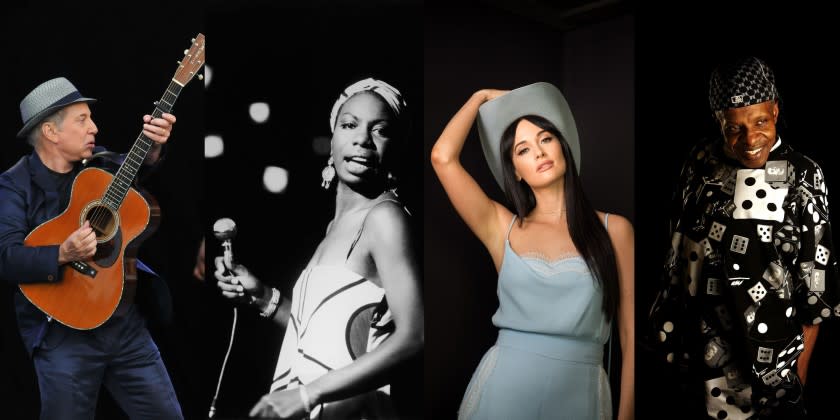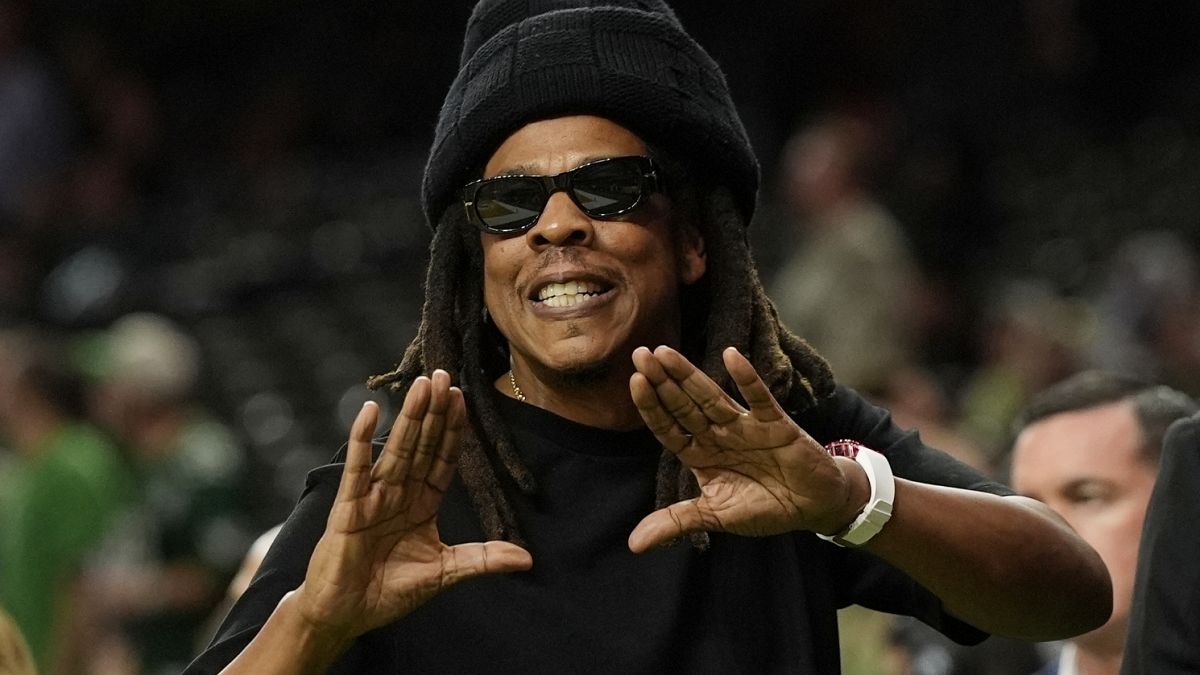Marital unions in India are commonly depicted as vibrant, lavish festivities where families unite to uphold customs. Yet, for numerous women, the journey of an arranged marriage can be profoundly unsettling, driven by societal pressures and patriarchal norms. The Marathi-language film Sthal: A Match
Marriages in India are often portrayed as joyful, grand celebrations, with families coming together to honor traditions. However, for many women, the process of arranged marriage can be a deeply distressing experience, rooted in societal pressures and patriarchal expectations. The Marathi-language film Sthal: A Match
sheds light on this lesser-seen side of Indian weddings, offering an unfiltered look at the indignities faced by women and their families during the matchmaking process.
centers on Savita, a young woman who dreams of continuing her education and forging a career. Unfortunately, her ambitions are eclipsed by her father’s persistent quest to arrange her marriage. Daulatrao Wandhare, a cotton farmer facing financial difficulties, is resolute in his pursuit of a suitable husband for his daughter, all while contending with the struggles of his farming life. To Daulatrao, securing a favorable matrimonial alliance holds as much significance as obtaining a good price for his harvest.
, helmed by Jayant Digambar Somalkar, distinguishes itself with its candid portrayal of arranged marriage practices and the emotional impact on women. In contrast to Bollywood’s glitzy depiction of nuptials, Sthal
emphasizes the degradation and objectification faced by many women. Its realism is amplified by a cast of debut actors, all selected from the very village where the film was made. Nandini Chikte, portraying Savita, gives a compelling performance that has garnered her numerous awards.
focuses on the humiliation and objectification that many women endure. The film’s authenticity is further enhanced by its cast of first-time actors, all chosen from the same village where the movie was shot. Nandini Chikte, who plays Savita, delivers a powerful performance that has earned her multiple accolades.
establishes the mood for the narrative. In a dream-like scenario, Savita questions a potential suitor, humorously flipping conventional gender roles. Accompanied by her female family members, she observes the anxious young man awkwardly handling drinks. Yet, this amusing scene is fleeting, as Savita is suddenly awakened and informed to get ready for another round of men arriving to evaluate her as a prospective wife.
In actuality, the scenario is markedly different. Clad in a sari and perched on a small stool, Savita sits with her gaze downcast, enduring a flood of inquiries from the potential groom’s family. They question her about her name, education, interests, and even her readiness to work on a farm. After the interrogation, the men retreat outside to deliberate on her physical attributes. Remarks about her complexion and stature expose the superficial metrics by which she is evaluated. In spite of her qualifications and dreams, Savita is diminished to an object of examination, her value assessed by capricious criteria.
This scene recurs multiple times in the film, emphasizing the monotonous cycle of the matchmaking journey. Savita’s parents admit that she has faced rejection four or five times already. Each refusal amplifies the family’s frustration and hopelessness, as they contend with societal pressure to find a match for their daughter. For Savita, the ordeal is both humiliating and anger-inducing. Her insistence on completing her education and building a career before marriage is dismissed as impractical within her traditional community.
During an interview, Nandini Chikte shared how emotionally demanding it was to bring Savita’s story to life. “Even though I was acting, I genuinely experienced the anger and humiliation for Savita,” she expressed. “It was disheartening to witness how her ambitions were largely ignored, while the potential groom never faced the same level of evaluation.”
In an interview, Nandini Chikte described how emotionally taxing it was to portray Savita’s journey. “Even though I was acting, I felt the anger and humiliation on behalf of Savita,” she said. “It was disheartening to see how little consideration was given to her dreams, while the prospective groom was never subjected to the same scrutiny.”
, Daulatrao is depicted attempting to sell his land to raise money for his daughter’s wedding, despite farming being his sole livelihood. This portrays the grim reality where families frequently accumulate significant debts to arrange a marriage, potentially leading to the threat of violence related to dowry further down the line.
, Daulatrao is shown putting his land up for sale to gather funds for his daughter’s marriage, even though farming is his only source of income. This reflects a harsh reality where families often incur massive debts to secure a marriage, only to face the risk of dowry-related violence later.
from his personal experiences. Raised alongside two sisters and numerous cousins, he directly observed the matchmaking rituals. He remembers witnessing these practices without questioning them as a youngster, but his perspective shifted in adulthood. The pivotal moment occurred in 2016, when he went with a male cousin to meet a potential bride. Seeing the young woman seated and responding to queries about her looks and background unsettled him. “The focus on her height and skin tone felt dehumanizing,” Somalkar noted. Motivated by his then-fiancée, now wife, he chose to delve into the topic through his films.
The film’s candid depiction of arranged marriage practices has garnered it widespread praise. Nonetheless, Sthal
The film’s unflinching portrayal of arranged marriage rituals has earned it critical acclaim. However, Sthal
is not the first Indian film to tackle this subject. Over the years, Bollywood and regional cinema have produced numerous stories about arranged marriages. The popular Netflix series Indian Matchmaking
Somalkar asserts that his film provides a more realistic viewpoint. “The reality for the majority of Indians differs significantly from mainstream media portrayals,” he stated. “For families in rural or low-income areas, securing a match for their daughters often seems daunting. Marriage is perceived as a means to uphold the family’s honor, prompting parents to make considerable sacrifices to meet this societal duty.”
Somalkar believes his film offers a more grounded perspective. “The reality for most Indians is very different from what’s shown in mainstream media,” he explained. “For families in rural and lower-income communities, finding a match for their daughters often feels like an uphill battle. Marriage is seen as a way to secure the family’s honor, and parents are willing to go to great lengths to fulfill this societal obligation.”
By highlighting the struggles faced by women like Savita, Sthal
challenges viewers to reconsider deeply ingrained traditions. It questions the objectification of women in the name of marriage and the societal pressures that prioritize marriage over education and career aspirations.
With its compelling narrative and genuine performances, Sthal
acts as a strong criticism of social norms that sustain gender inequality. It gives a platform to women like Savita, whose narratives are frequently ignored, and advocates for changing perspectives on marriage, education, and women’s autonomy in India.
serves as a powerful critique of societal norms that perpetuate gender inequality. It offers a voice to women like Savita, whose stories are often overlooked, and calls for a shift in attitudes toward marriage, education, and women’s agency in India.
While change may be slow, films like Sthal
play an important role in challenging the status quo and inspiring audiences to imagine a more equitable future.



